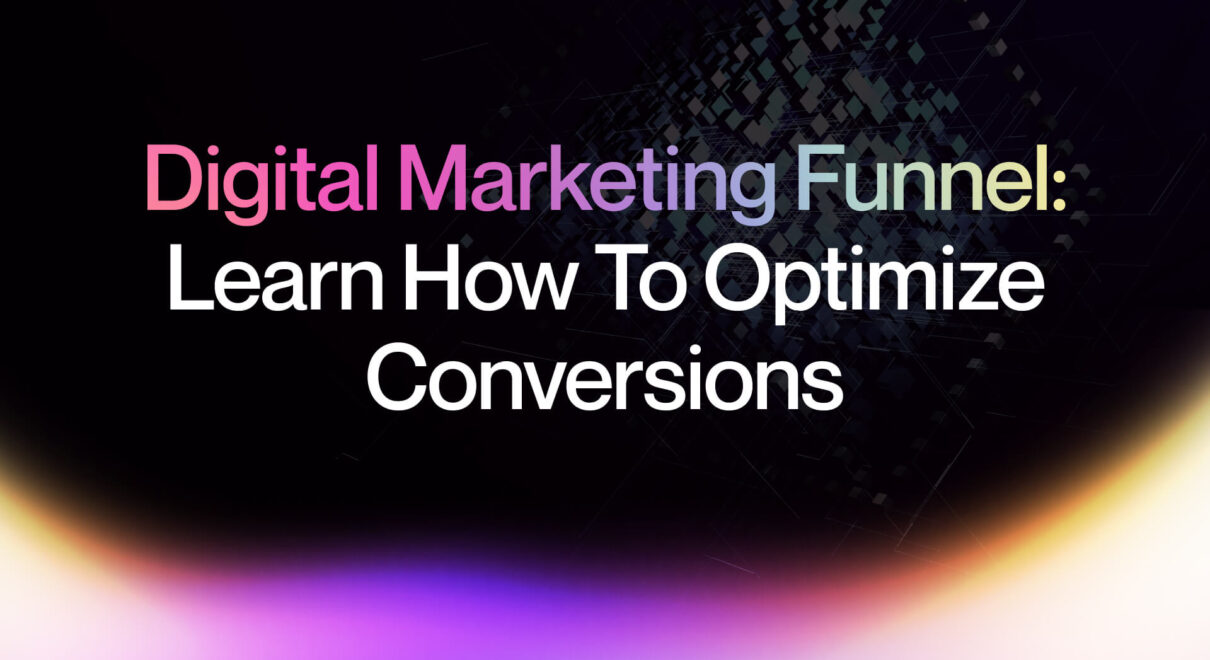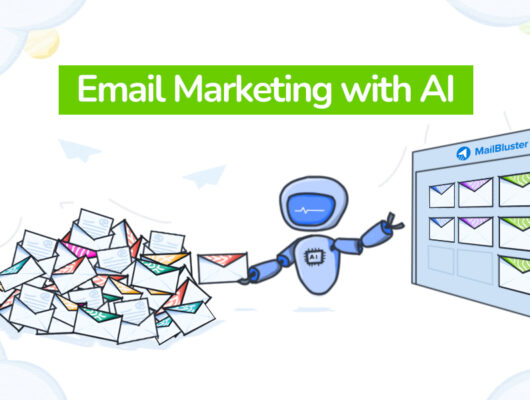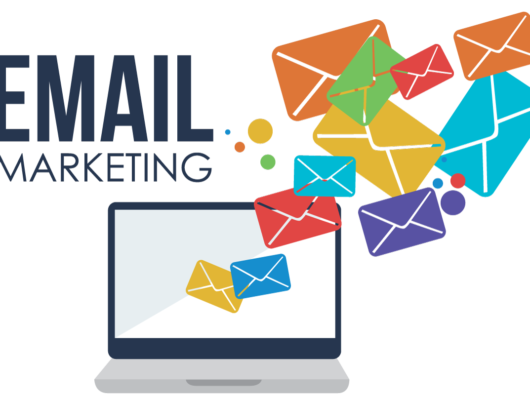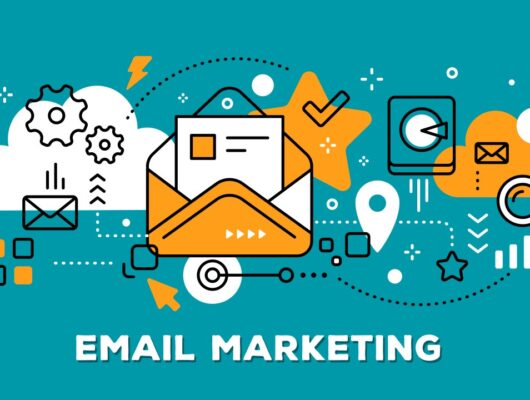To optimize conversion rates in 2024, focus on user experience, A/B testing, and personalized targeting. By prioritizing these strategies, businesses can enhance their website and marketing efforts, ultimately leading to improved conversion rates.
In an ever-evolving digital landscape, the importance of Conversion Rate Optimization (CRO) cannot be overstated. As technology continues to advance, new and innovative techniques and tools are emerging to help businesses refine their online presence and maximize their conversion rates.
In 2024, CRO will be driven by the need to deliver exceptional user experiences, utilize data-driven A/B testing methods, and implement personalized targeting to engage and convert users effectively. This article explores the latest CRO techniques for 2024 that businesses can leverage to stay ahead in the competitive digital market.
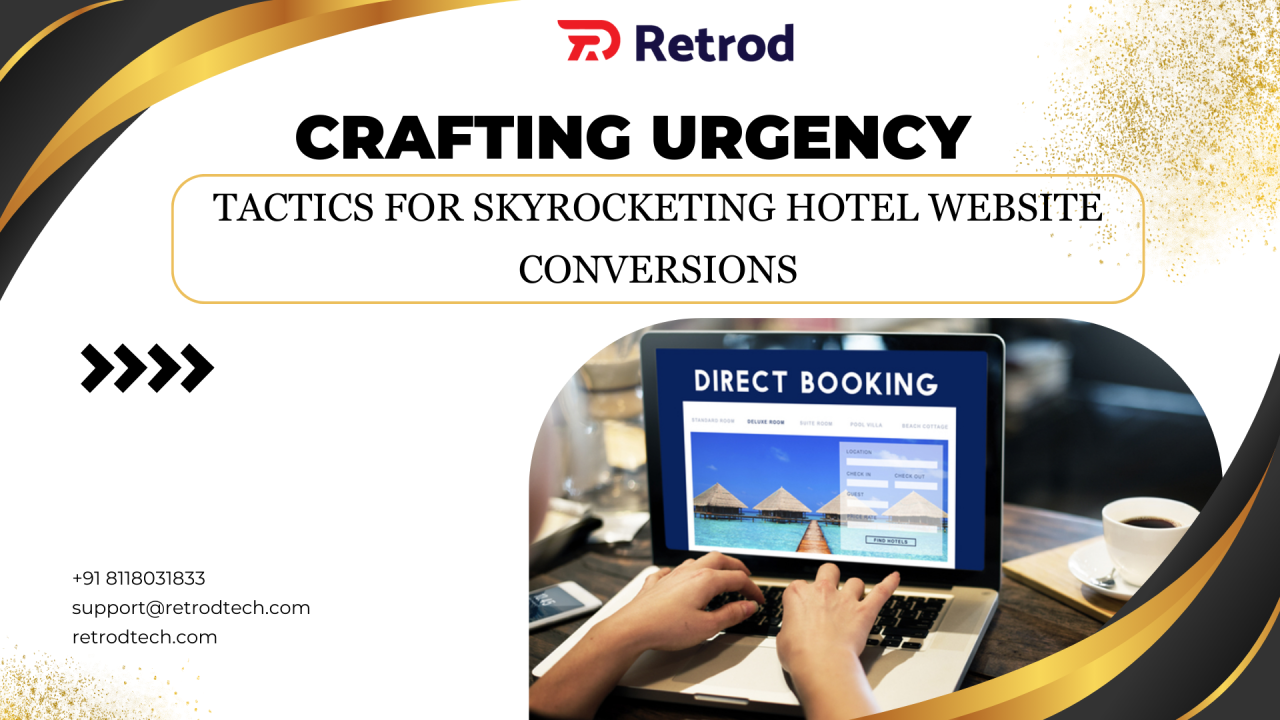
Credit: www.linkedin.com
Understanding Conversion Rate Optimization
Understanding Conversion Rate Optimization is essential for any business looking to improve its online performance. Conversion Rate Optimization (CRO) involves the process of enhancing the percentage of website visitors who take a desired action, such as making a purchase or filling out a form. By understanding the techniques and strategies involved in CRO, businesses can effectively improve their conversion rates and ultimately boost their bottom line.
What Is Conversion Rate Optimization?
Conversion Rate Optimization (CRO) is the systematic process of increasing the percentage of website visitors who take a desired action. This desired action could be anything from making a purchase to signing up for a newsletter. CRO involves analyzing data and user feedback to identify areas for improvement and implementing strategies to optimize the website’s performance.
The Importance Of Conversion Rate Optimization
Conversion Rate Optimization is crucial for businesses as it directly impacts their revenue and profitability. By improving the conversion rate, businesses can make the most of their existing website traffic and marketing efforts, leading to a better return on investment. CRO also helps in providing a better user experience, which in turn strengthens the brand’s reputation and customer loyalty.
Why Conversion Rates Matter
Conversion rates are a key performance indicator for any online business as they provide insight into the effectiveness of marketing strategies, website design, and user experience. By understanding and optimizing conversion rates, businesses can make informed decisions to drive better results and achieve their goals online.
Analyzing User Behavior
When it comes to conversion rate optimization, understanding user behavior is crucial. By analyzing how users interact with a website, businesses can identify areas for improvement and tailor their strategies to maximize conversion rates.
User Experience And Conversion Rates
User experience plays a pivotal role in influencing conversion rates. A seamless and intuitive website interface can enhance user engagement and encourage them to take desired actions, ultimately leading to improved conversion rates.
The Role Of Data Analysis
Data analysis is instrumental in uncovering valuable insights into user behavior. By utilizing data, businesses can gain a comprehensive understanding of how users navigate through their website, enabling them to refine their strategies for optimal conversion rate optimization.
Identifying Conversion Bottlenecks
Pinpointing conversion bottlenecks is essential for optimizing the user journey. By identifying and addressing the specific stages where users are dropping off or encountering obstacles, businesses can strategically streamline the conversion process, ultimately enhancing conversion rates.
Designing Effective Landing Pages
When it comes to conversion rate optimization, designing effective landing pages is crucial. Your landing page serves as the first impression for visitors and can significantly impact conversion rates. By optimizing page layout and navigation, creating compelling call-to-actions, and using visual elements intelligently, you can increase your chances of converting visitors into customers.
Optimizing Page Layout And Navigation
An optimized page layout and intuitive navigation are essential for guiding users towards taking the desired action on your landing page. Here are some key tips to optimize the layout and navigation:
- Ensure a clear and concise headline that captures the visitor’s attention and clearly communicates the value proposition.
- Highlight the key benefits of your product or service using bullet points or a table for easy scanning.
- Place the call-to-action prominently above the fold, so it is immediately visible without scrolling.
- Keep the form fields to a minimum to reduce friction and avoid overwhelming visitors.
- Use whitespace strategically to create a clean and uncluttered design that focuses attention on the key elements.
Creating Compelling Call-to-actions
The call-to-action (CTA) is the critical element that motivates visitors to take the desired action on your landing page. Here are some tips to create compelling CTAs:
- Use action verbs to make the CTA more compelling and clearly define the action you want visitors to take.
- Make the CTA button large and visually stand out with a contrasting color to attract attention.
- Add urgency or scarcity to your CTA by using words like “limited time offer” or “only X spots available.”
- Experiment with different placement options for your CTA, such as above the fold, at the end of the page, or in a sticky sidebar.
Using Visual Elements To Increase Conversions
Visual elements can play a significant role in capturing users’ attention and increasing engagement on your landing page. Here’s how you can leverage visual elements to boost conversions:
| Visual Element | Usage |
|---|---|
| High-Quality Images | Use relevant, high-resolution images that showcase your product or service in action. |
| Videos | Embed videos that provide more information or demonstrate the benefits of your offering. |
| Testimonials | Showcase positive reviews or testimonials from satisfied customers to build trust. |
| Trust Seals and Certifications | Display trust seals or certifications to instill confidence in visitors about the security and credibility of your website. |
By optimizing the page layout, creating compelling CTAs, and using visual elements strategically, you can design landing pages that not only attract visitors but also persuade them to take the desired action. Implement these techniques and watch your conversion rates soar.
Implementing A/b Testing
Welcome to the world of conversion rate optimization techniques! One of the most effective methods to increase your website’s performance and maximize your conversions is through A/B testing. This powerful technique allows you to compare two versions of a webpage and determine which one performs better. By implementing A/B testing, you can make data-driven decisions, optimize your website, and ultimately improve your conversion rates. In this article, we will dive into the basics of A/B testing, explore how to choose the right elements to test, and understand how to interpret and act on the test results. So let’s get started!
Understanding The Basics Of A/b Testing
A/B testing, also known as split testing, is a process where you create two different versions of a webpage and randomly split your website traffic between them. Version A is considered the control, while version B is the variation. The purpose of A/B testing is to identify the elements that have the most significant impact on user behavior and conversion rates. By comparing the performance of both versions, you can gain insights into what changes are most effective.
Choosing The Right Elements To Test
When it comes to A/B testing, it’s important to choose the right elements to test. Start by identifying the key areas of your website that you believe might have the most significant impact on your conversion rates. These could include headline copy, button design, call-to-action placement, color schemes, or even navigation menus. Consider the specific goals of your website and focus on elements that directly contribute to those goals.
Once you have identified the elements to test, create alternative versions for each. Keep in mind that it’s best to test only one element at a time, as testing multiple elements simultaneously can lead to inconclusive results. By isolating each element, you can accurately determine its impact on your conversion rates.
Interpreting And Acting On Test Results
After running your A/B test, it’s time to interpret and act on the results. Use statistical significance to determine whether the variations you tested had a significant impact on your conversion rates. Statistical significance helps you avoid making data-driven decisions based on random fluctuations.
If the results show that version B outperformed version A, you can confidently implement the changes on your website permanently. However, if the results are inconclusive or show that version A performed better, it’s essential to go back to the drawing board and iteratively test new variations until you achieve significant improvement.
Remember, A/B testing is an ongoing process. Your website and user behavior will evolve over time, so it’s crucial to regularly monitor and optimize your conversion rates. By continuously testing, analyzing, and acting on insights, you can maximize the effectiveness of your website and drive higher conversions.
Optimizing Mobile User Experience
Mobile devices have become an integral part of our lives, with users relying on them to access information, make purchases, and interact with brands. As a result, it is imperative for businesses to optimize their websites for mobile user experience. In this section, we will explore the importance of optimizing mobile user experience and discuss effective strategies to increase conversions on mobile devices.
The Rise Of Mobile Traffic
In recent years, the use of mobile devices to browse the internet has surpassed desktop computers. With the increasing availability of affordable smartphones and improvements in mobile internet connectivity, users are favoring the convenience of mobile browsing. As a result, businesses must adapt their websites to cater to this growing mobile audience.
Responsive Design And Mobile Optimization
Responsive design is a crucial factor in optimizing mobile user experience. It involves creating a website that automatically adjusts its layout and elements based on the visitor’s screen size and device. This ensures that the website is easily accessible and visually appealing on any mobile device, eliminating the need for users to zoom in or navigate through a cluttered interface.
Mobile optimization goes beyond responsive design by focusing on improving site speed, minimizing loading times, and reducing the amount of data required to display the content. Implementing techniques such as image compression, lazy loading, and minifying code can significantly enhance the user experience on mobile devices. By optimizing for mobile, businesses can ensure that their websites load quickly and smoothly, keeping users engaged and more likely to convert.
Mobile-specific Conversion Strategies
When it comes to optimizing conversions on mobile devices, businesses must consider mobile-specific strategies. The limited screen space and unique user behavior on mobile devices require a different approach to encourage users to take action. Here are some effective mobile-specific conversion strategies:
- Streamlined checkout process: Simplify the checkout process by minimizing the number of steps and form fields required, allowing users to complete their purchase quickly without frustrations.
- Clear call-to-action buttons: Use contrasting colors, larger sizes, and persuasive copy to prompt users to take action.
- Optimize forms for mobile: Design forms that are easy to fill out on a touchscreen, with large input fields and automatic input detection.
- Implement mobile payment options: Integrate popular mobile payment systems like Apple Pay and Google Pay to provide seamless and secure payment options for mobile users.
By implementing these mobile-specific strategies, businesses can improve the overall user experience on mobile devices and increase their conversion rates. Understanding the unique challenges and opportunities presented by mobile browsing is essential to optimize conversions effectively.

Credit: medium.com
Frequently Asked Questions Of Conversion Rate Optimization Techniques 2024
What Is Future Of Conversion Rate Optimization?
The future of conversion rate optimization is promising, as businesses strive to improve online user experiences and increase sales. Implementing data-driven strategies, personalization, and usability testing will be key.
What Are The 6 Primary Elements Of Conversion Rate Optimization?
The 6 primary elements of conversion rate optimization are: 1) compelling value proposition, 2) clear call-to-action, 3) persuasive copywriting, 4) effective design and layout, 5) seamless user experience, and 6) robust A/B testing.
How Do You Optimize Conversion Rate?
To optimize conversion rate, focus on improving website design, call-to-action buttons, and simplified checkout process. Utilize A/B testing to measure and refine strategies for maximum impact. Personalize content to target audience needs and preferences, and provide clear value proposition to encourage action.
Regularly analyze data and implement adjustments for continuous improvement.
What Is The Most Effective Way To Improve Your Conversion Rate?
Increase your conversion rate with these actionable steps: optimize your website’s user experience, utilize compelling call-to-actions, improve your website’s loading speed, provide social proof, and implement A/B testing to refine your strategies.
Conclusion
Boost your conversion rates and maximize your online success with these effective conversion rate optimization techniques. By implementing strategies such as A/B testing, personalized and user-friendly experiences, compelling CTAs, and data-driven decision-making, you can significantly improve your website’s performance. Stay ahead of the competition and enhance your customer journey for increased conversions and revenue.
Start optimizing today and watch your business thrive in 2024 and beyond.


